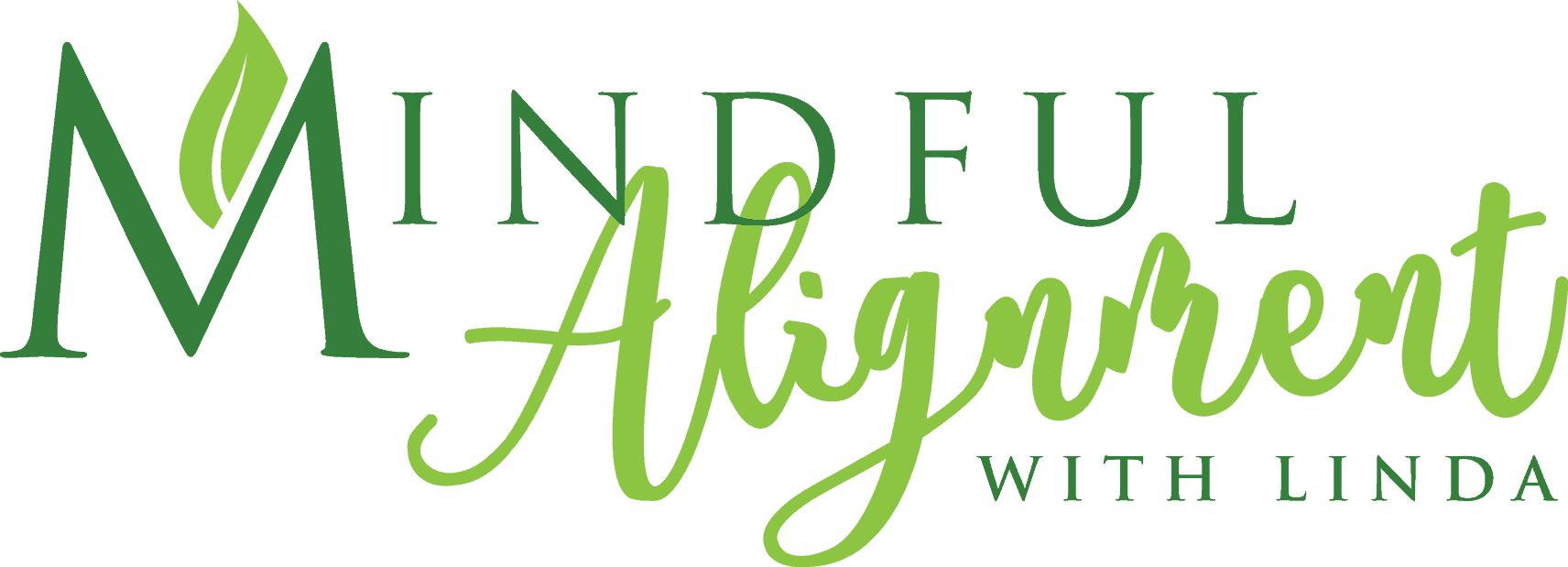Headache Types: Common Causes and Prevention
Almost anyone can get a headache from time to time
It is estimated that 80 to 90 percent of the population suffers from tension headaches (the most common type) at least some time in their lives. According to the World Health Organization, up to 1 adult in 20 has a headache every day or nearly every day.
Interestingly, women experience more headaches than men. It is thought that fluctuating hormone levels in women could be responsible.
There are three common types of headaches:
Cluster Headaches
These typically feel like a stabbing pain in the eyes. They can last for hours or a few minutes and can go away only to return on the same day.
Migraines
With migraines, the pain throbs and pounds on the side of the head. Many victims become sensitive to light and need to lay down in a dark room. Migraines can last for days or only a few hours.
Tension Headaches
These are another common type. Usually, they start in the afternoon, feeling like a band of pressure that causes mild to moderate pain. Tension in the neck and shoulders might be the cause. If you experience tension headaches regularly, it might be time to determine what is causing the pain.
Common Causes of Headaches
Both tension headaches and migraines may be caused by neck pain and stiffness. The resulting tight muscles can affect muscles in the face, such as the jaw, forehead, and eyes, leading to headaches.
How to Manage an Existing Headache and Ways to Avoid Future Ones
Your first steps to control the headaches would be to:
Keep a Journal
Note the time of day when you get a headache, what you were doing, and your location. If you are working at a computer, notice how you are sitting, whether your shoulders are tight, and your head’s position.
Assess Your Stress Level
For many people, the shoulders and neck get tighter as their stress level rises. Meditation helps reduce stress. Also, guided imagery can help relax the body and the mind. Are you unconsciously tensing your muscles? Clenching your teeth, squinting, or tensing the muscles in the face can also cause headaches. Make sure you have enough light so that you are not straining your eyes to see during your daily activities.
Stress is a significant factor in tight muscles. Often the trapezius muscles are tight. The brain often interrupts neck and shoulder pain as a headache. Stress is also a significant cause of migraine headaches.
Check the position of your shoulders
Notice if one shoulder is higher or more forward than the other. Try stretching out your shoulder and neck muscles.
Do You Have Neck Stiffness or Pain?
You might come to discover that your neck could be causing your headaches. When headaches accompany neck stiffness and pain, one can experience visual disturbances, dizziness, and concentration issues. Your whole quality of life can be negatively affected.
Tight muscles in the neck and shoulders often lead to tension headaches. Avoiding neck pain and shoulder tightness may help reduce your headaches.
Sometimes the problem starts in the neck, and sometimes a headache sends pain to the neck, as well.
When Was Your Last Meal? … And What Did You Eat?
Hunger can also be a cause of headaches. As well, certain foods can be the cause of migraines. Just one type of food could be the trigger or many foods.
Common Food Triggers:
- Onions
- Dairy Products
- Cheese
- Chocolate
- Beans
- Nuts
- Avocados
- Bananas
- Citrus
Additives can also be problematic. Examine your diet. Notice if there is something you are eating that might be causing your headaches.
Drink a Glass of Water
Dehydration can also cause headaches, so it’s important to stay hydrated. Make sure you drink plenty of water throughout the day.
A common trigger of “migraines” and “cluster” headaches is alcohol, especially red wine. Reduce or eliminate all alcohol consumption.
Assess the Amount of Caffeine in Your Diet
Caffeine causes blood vessels to constrict. Without caffeine, the blood vessels get wider and bulge with each heartbeat causing migraines. Should you decide to stop consuming beverages with caffeine, do it gradually.
Get a Good Night’s Sleep
Lack of sleep is a common trigger of tension headaches, and migraines. Currently, the research cannot explain this seeming correlation. What is known is that some people feel better after taking a nap. What about you?
Take Care of Your Eyes
Overuse of technology can cause eye fatigue, which leads to muscle compression in the neck. This compression of the muscles in the back of your head can trigger shooting headaches. When looking at screens, consider wearing blue-tinted lenses in your glasses. For a small cost, you can purchase over the counter glasses with a blue tint.
Balancing, Meditation, Exercise and Yoga
Balancing your system can reduce headaches. Reduce stress through guided imagery and meditation. Exercise and yoga will reduce stress and help keep your vascular system healthy.
Be mindful of your body alignment, especially when sitting. Keep your head, neck, and shoulders back. Align your ears over your shoulders over your hips with your chin level with the floor. Stack your head over your spine for optimal alignment.
Stretch often.
Try yoga to minimize headaches. It is one of the best, well-rounded practices that incorporates meditation for stress relief, stretching, and emphasizes optimal alignment. A regular yoga practice not only reduces stress and improves sleep but incorporates lots of stretching. Yoga poses reduce muscle tension and balance the body.
P.S. By all means, bring your personal doctor into your wellness journey! Just tell your doctor that “Linda” sent you.
Are you tired of living with pain?
Are your activities and daily choices determined by your level of pain?
Are you ready to change your life for the better and gain back your physical freedom?
My unique and custom designed approach comes from years of training, education and experience. Together, we will get you back to living pain free and enjoying life.
Sign up for a private session today
It’s never too late to try something new.

Related Articles:
Beyond Calcium: The Power of Yoga for Bone Health
Discover how yoga supports bone health and osteoporosis prevention. Learn science-backed poses that strengthen your skeleton and reduce fracture risk.
The Motivation Paradox: Action is the Catalyst for Healing Back Pain
Discover the Motivation Paradox of Back Pain—why waiting for motivation keeps you stuck and how action is the true catalyst for healing. Learn science-backed strategies to break the pain cycle and reclaim mobility.
Transform Back Pain Anxiety: From Uncertainty to Empowerment
Discover how to navigate pain anxiety with empowerment. Embrace uncertainty and reclaim your healing journey through mindfulness and resilience.
Transforming Your Relationship with Back Pain: A Mindset Revolution
Back pain is more than a physical challenge—it's a profound psychological journey. The real battle isn't just in your muscles and joints, but in your mind. Your thoughts can either be a prison or a pathway to healing. Reframing Your Inner Narrative When chronic pain...




